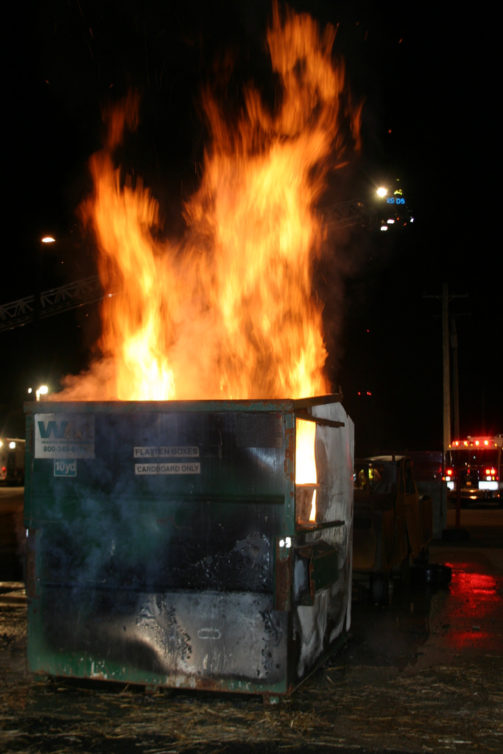Two words: dumpster fire.
Not literally, but honestly I think I would rather have deal with a literal dumpster fire. Over the last two weeks, you might have noticed the site down, no new content, things going wonky, and our emails not working. If you are reading this, things are getting better — hopefully. I am not 100% confident yet — I have been fooled before.
We were trying to move the site to a new server and I would say things didn’t go well. We have worked hours, and hours, and hours, and hours to try to make it work. To no avail. I used to love this technology stuff, but now not as much of a fan. I like writing and editing stuff about airplanes a lot more and hopefully I can get back to that soon.
You might have seen a previous post saying if you left a comment, I would mail you some free AirlineReporter.com stickers. The bad news is that post is toast, but the good news is I still have your email addresses. Once my email address is stable, I will reach out. If you didn’t leave a comment previous, but would still like some free stickers — leave a comment and I will make it happen.
This has been bad timing since we have picked up our game this year, providing more content per week than we have the last two years. Have no worries, we have some great content in the hopper and will be getting it out soon. Thank you all for your patience!
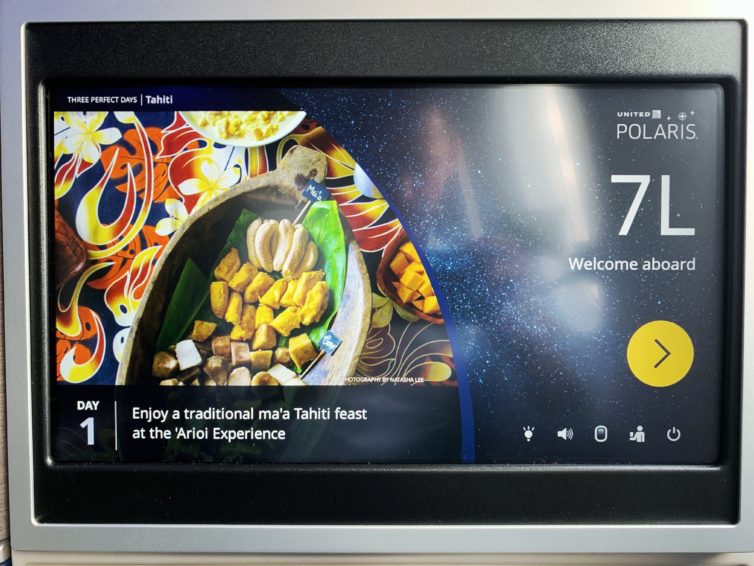
You might remember that we got to fly United’s inaugural Boeing 787-10 stretch Dreamliner service from San Francisco to Newark a few weeks ago. There was all the new plane buzz you’d expect. But one feature that deserved its own special mention was the plane’s inflight entertainment system. It was redesigned from the ground up to include tons of new features, from a better moving maps for the #AvGeeks (including us!) to live news updates, a movie+map split-screen option, a favorites list, and a trippy “relax mode.” Plus, the folks at UA went out of their way to accommodate passengers with impaired vision and/or hearing.
Read on for our report with all the details about United’s new screens in the sky!
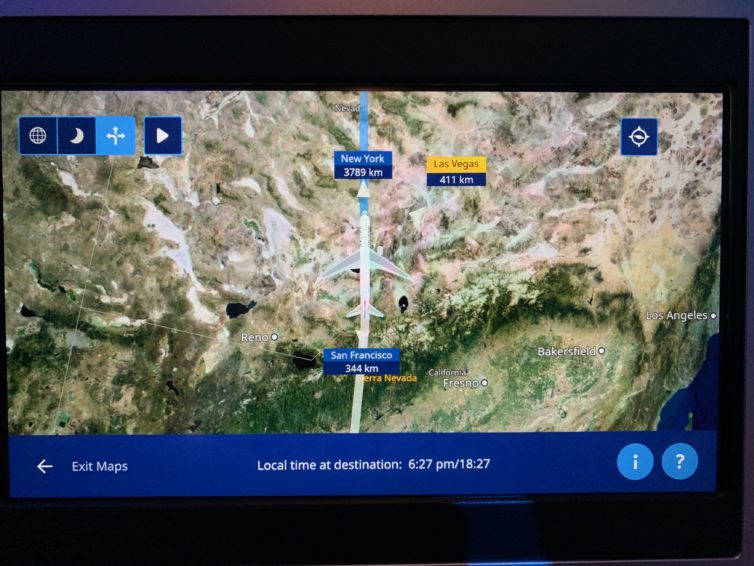
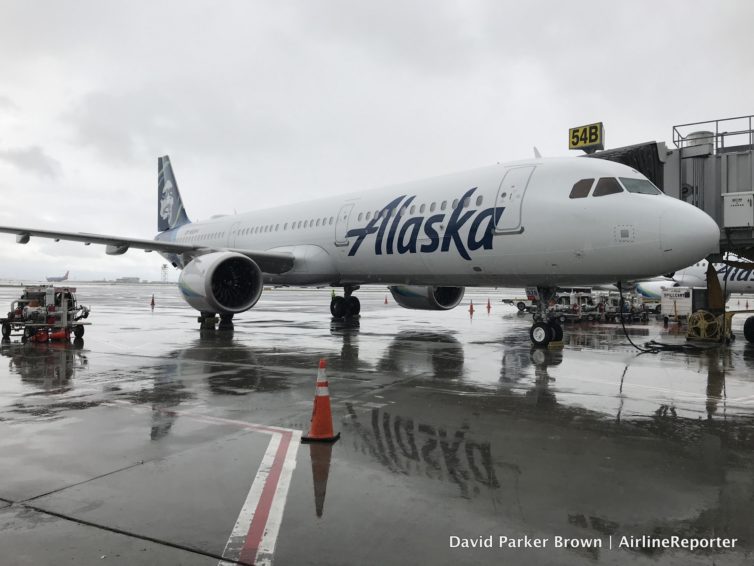
Hello beautiful! My Alaska Airlines VIP Airbus A321neo. Yes, it is weird typing “Alaska Airlines” and “Airbus” together.
Change is inevitable — especially in the airline business. Change can be all fine and dandy when you are talking about it conceptually, but when the time comes, it is not always easy. As you probably know by now, Alaska Airlines and Virgin America merged, and the red/white Virgin livery is quickly being retired. Virgin was known to be a bit risky in their branding and marketing…. and Alaska played it a bit more safe. Although Alaska will be sending the Virgin America brand into the history books, it has been important for Alaska to incorporate some of the Virgin culture into the new merged airline. Not just for the customers who loved the Virgin product, but also for the employees who are in the process of getting to know their new family.

Ironically, the Alaska 737 with the ‘More to Love’ livery celebrating their merger with Virgin was parked next to our A321 at SFO – Photo: Jeremy Dwyer-Lindgren | JDLMultimedia
I was recently invited to fly down to San Francisco (SFO) to get a first hand look of the new Alaska Airlines product that will soon be found across the fleet. At gate 54B, the airline had set up walls, and inside were a variety of new products to be experienced. Also, there were experts to answer your questions about what was new. There was a special treat, too. What better way to put it all together than to take a special VIP flight on one of their Airbus A321s (that previously flew for Virgin America, obviously)?
I was interested to see the balance Alaska decided on, and get a better idea of my hometown airline’s future.
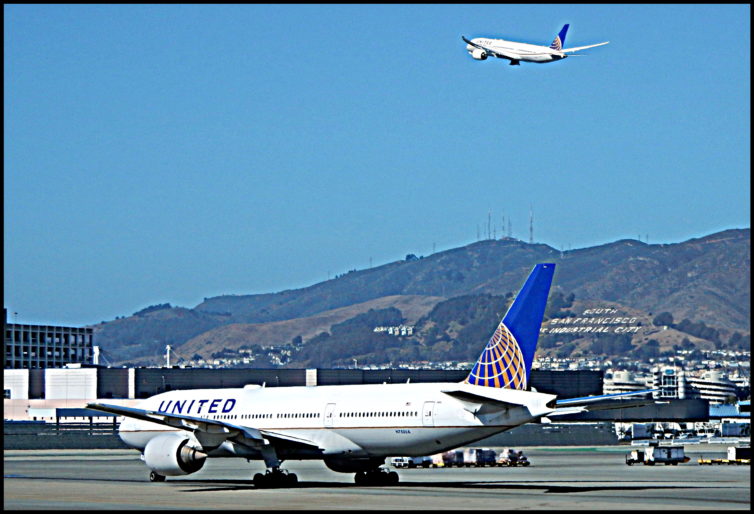
With other carriers bringing in record profits, United Airlines struggled to find the “Friendly Skies” after merging with Continental. In eight years together, they’ve experienced more PR nightmares than any other carrier in North America, by a country mile. Burdened by a negative reputation, United became an afterthought; soon overtaken by Delta and American Airlines.
After CEO Jeff Smisek resigned in 2015 under suspicion of corruption, things looked bleak. When incoming CEO, Oscar Munoz, experienced a heart attack one month into the job, the pulse appeared to be gone completely. We struggled to keep an open mind about the airline.
Bonus: Guest Flight Review: United Airlines Doesn’t Live Up To Expectations
Our first experience with the new United, back in 2015, did not go well. In Vancouver, we had difficulty checking in and selecting our seats, our flight from Denver to Austin was canceled and when we were finally re-booked on a later flight, our seats were separated. However, when I visited Austin a year later for the U.S. Grand Prix, United felt like a new airline. This time I had no issues selecting seats, no delays, and no unexplained procedures. Considering my moderate expectations for a basic economy fare, I had nothing to complain about. I couldn’t really judge the airline on my first two experiences; the sample size was too small. I needed another experience to break the tie.
Unfortunately, due to the personal circumstances which were about to unfold, the flight experience would be the least of my concern. But it became an opportunity to put United to the test and come up with a new conclusion. Read on to see a bit more what I am talking about and my two-stop journey on two airlines, and three aircraft types (including flying a 777 domestically).
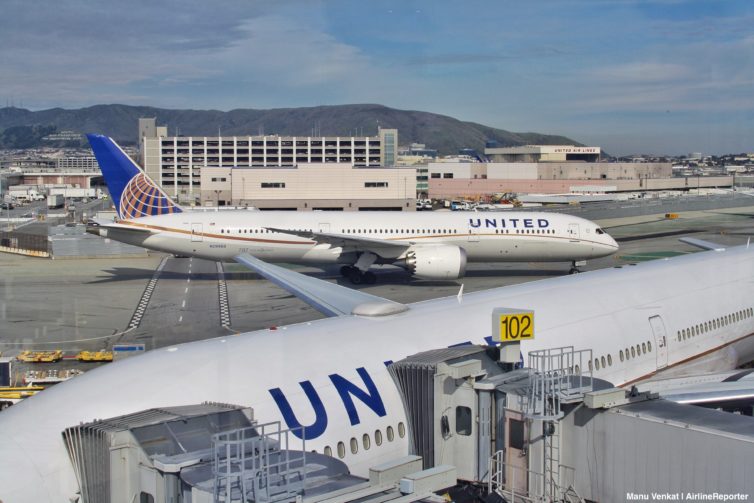
We #AvGeeks are easy to please. Just give us a good view of the planes, and we’re golden. Too few airports in the US have official planespotting points, but San Francisco International (SFO) just made that situation a bit better. On February 6th it unveiled a new outdoor observation deck at the very tip of the international terminal’s G concourse.
How good is it? Very good. How close are you to the planes? Very, very close.
It’s post-security (AKA airside) so you need to be flying United or one of its Star Alliance partners to have access. But don’t worry landsiders: later this year SFO will open a pre-security observation deck in T2.
For now, read on for more info and photos from SFO’s new observation deck!
